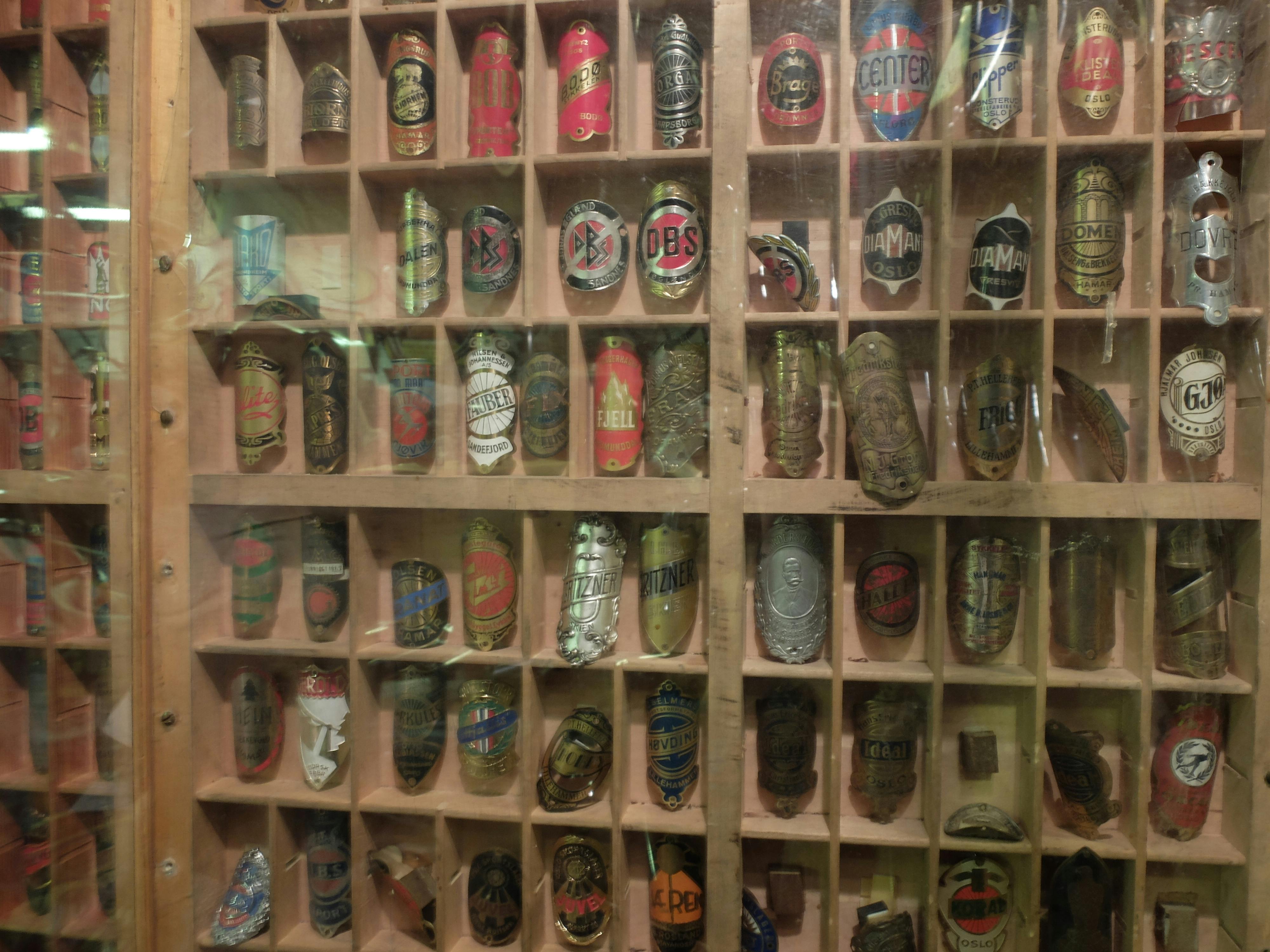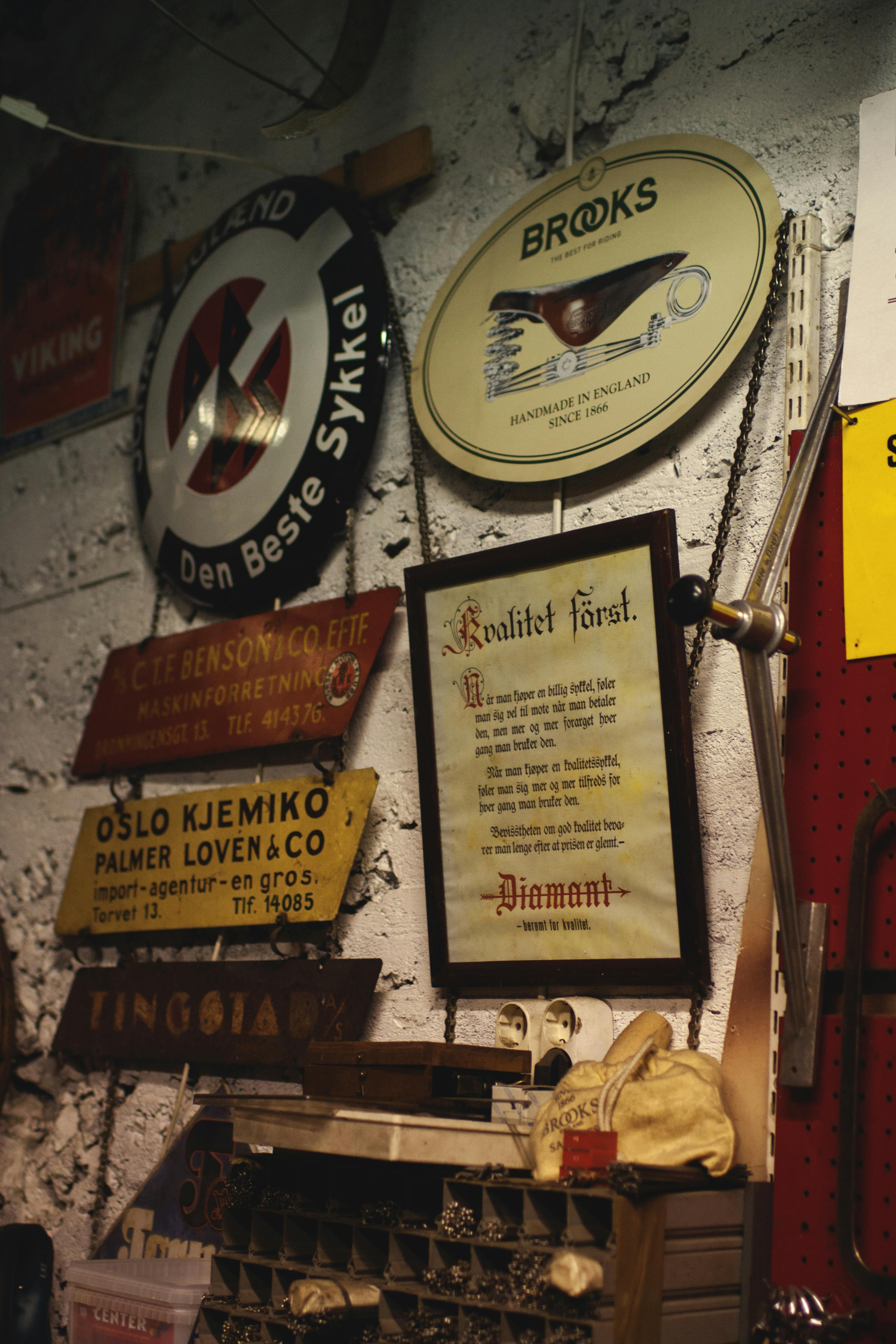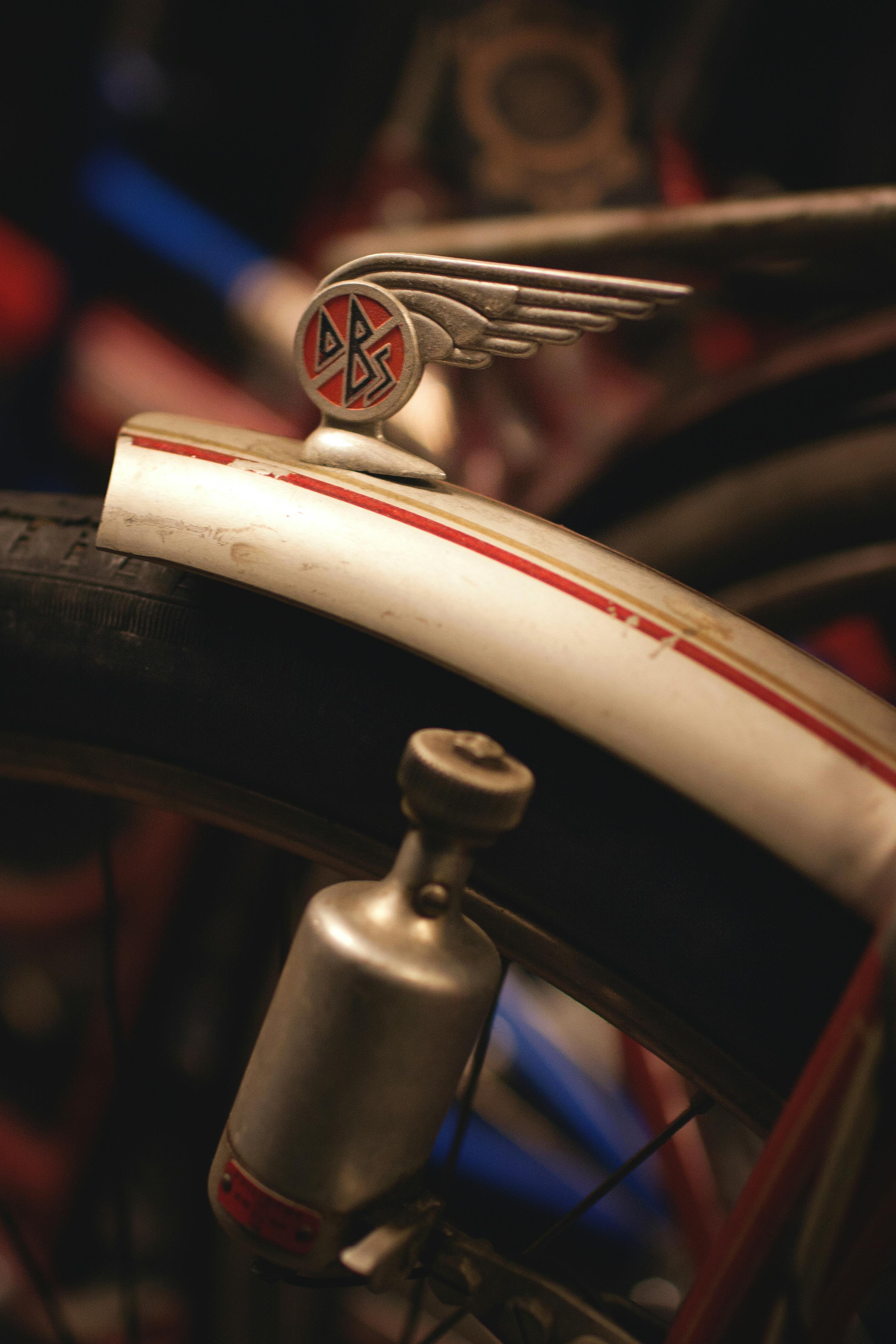The king of the castle
When Einar Støp-Bowitz invites you into his kingdom, also known as Norway’s only combined workshop and bicycle museum, you can expect the unexpected. NB: Einar Støp-Bowitz sadly passed away after this article was published. He will be sorely missed.
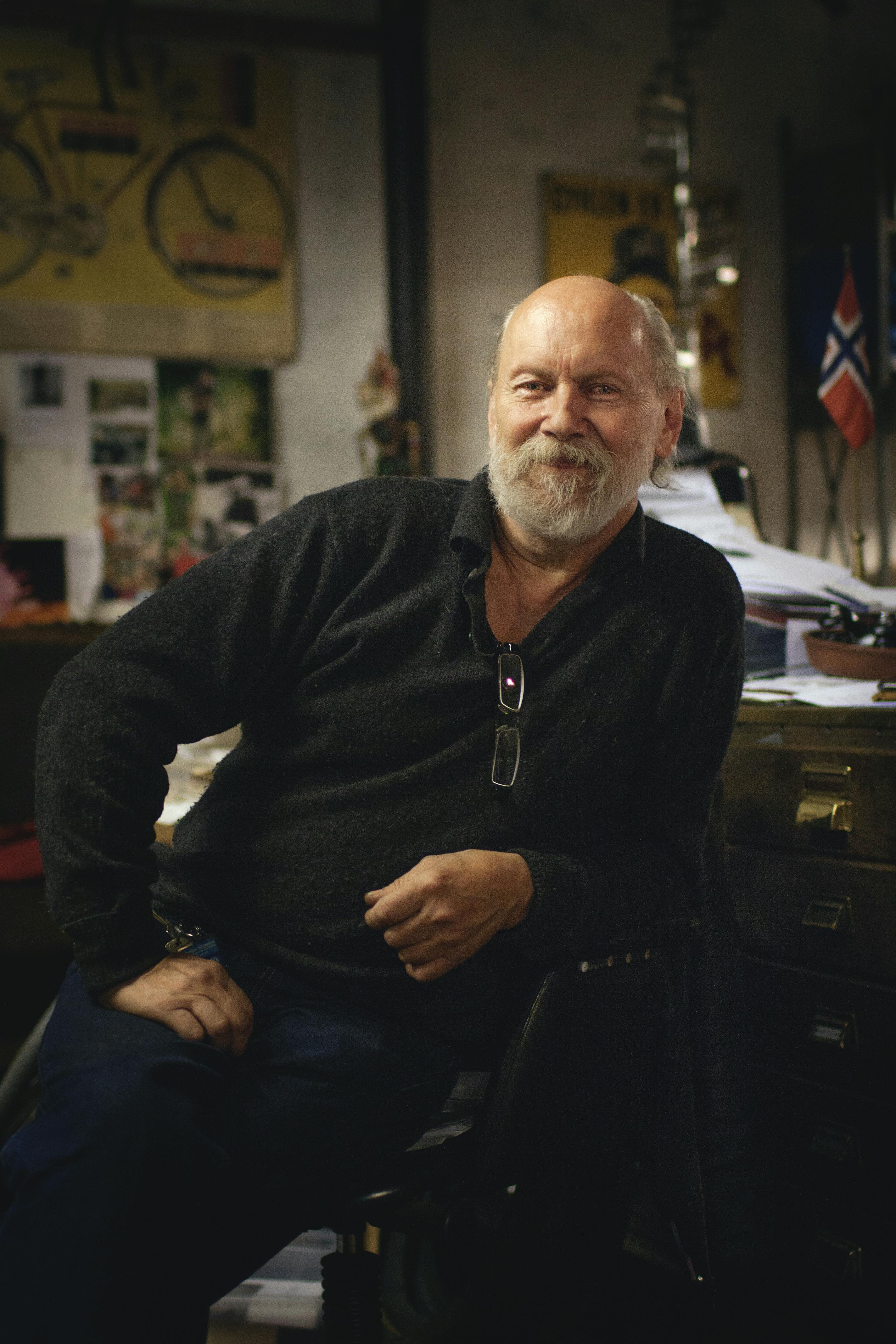
Text: Silje Strømmen
Photos: Saman Alam, Andreas Kallstad and Mari Oshaug
Walking into Den Rustne Eike (translated to The Rusty Spoke) is like walking into… Well to be honest, it cannot be explained in words. Not even devoting this entire journal would be lengthy enough to describe walking into the anonymous garage in Sofiesgate at Bislet, Oslo and discovering the things that you do.
- This is Oslo’s, and Norway’s, only bicycle museum. Every bicycle you’ll se exhibited in Norway belongs to me. Einar Støp-Bowitz speaks with proud and determination, his blue eyes fixating on yours. His authority goes without saying. Einars’s email signature might say bicycle historian, but in reality he is so much more: fixer, magic man, bicycle fanatic, inventor, historian and the owner of over 500 Norwegian built bikes. In addition, he owns 20 tons of original parts for Norwegian built bicycles and a library consisting of sales catalogues, literature and statistics from the past 100 years.
Now – imagine all of this gathered in one small space under ground – and add everything you think a magic man of bicycles would be like – and you just might get an idea of what walking into Den Rustne Eike for the first time feels like.
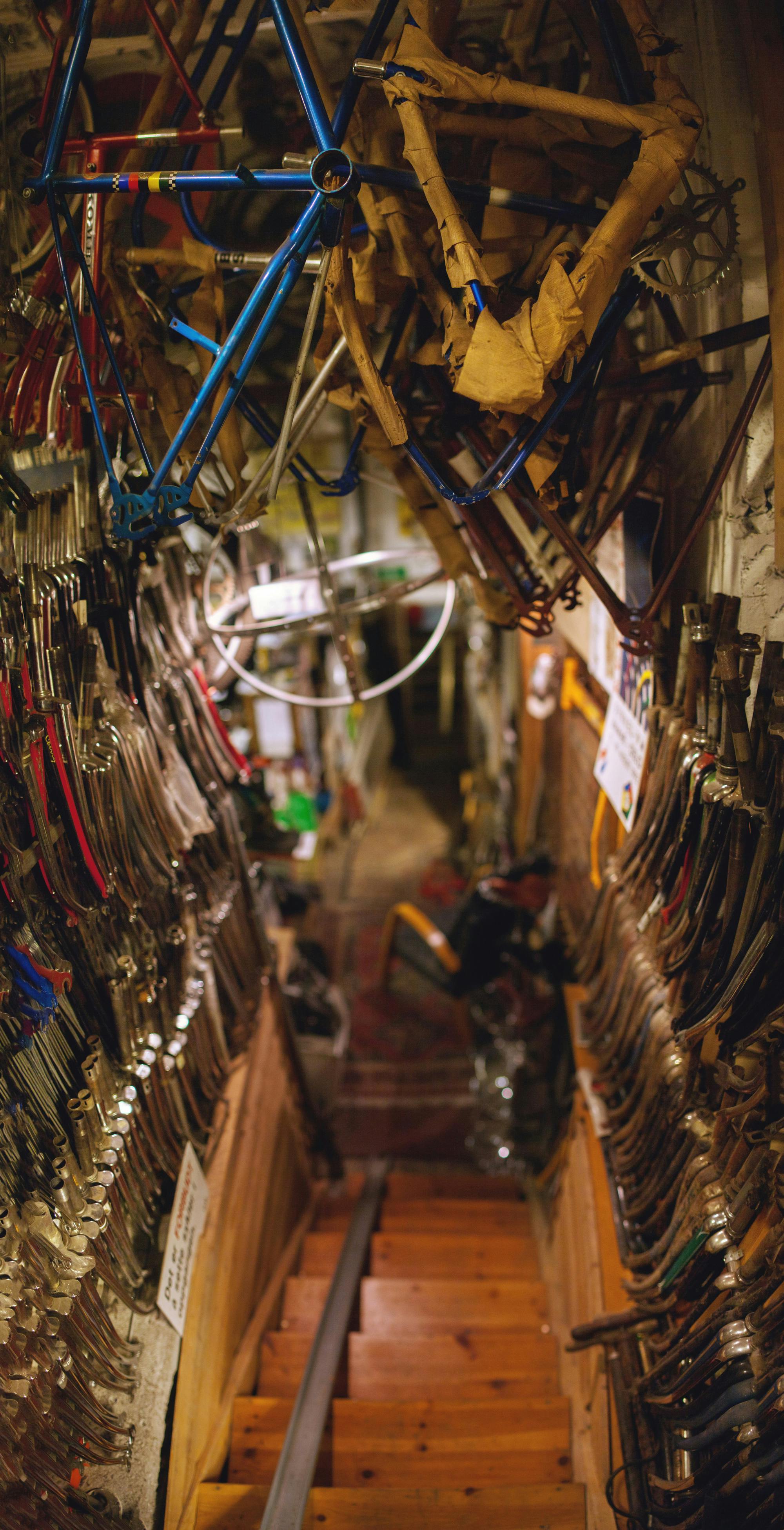
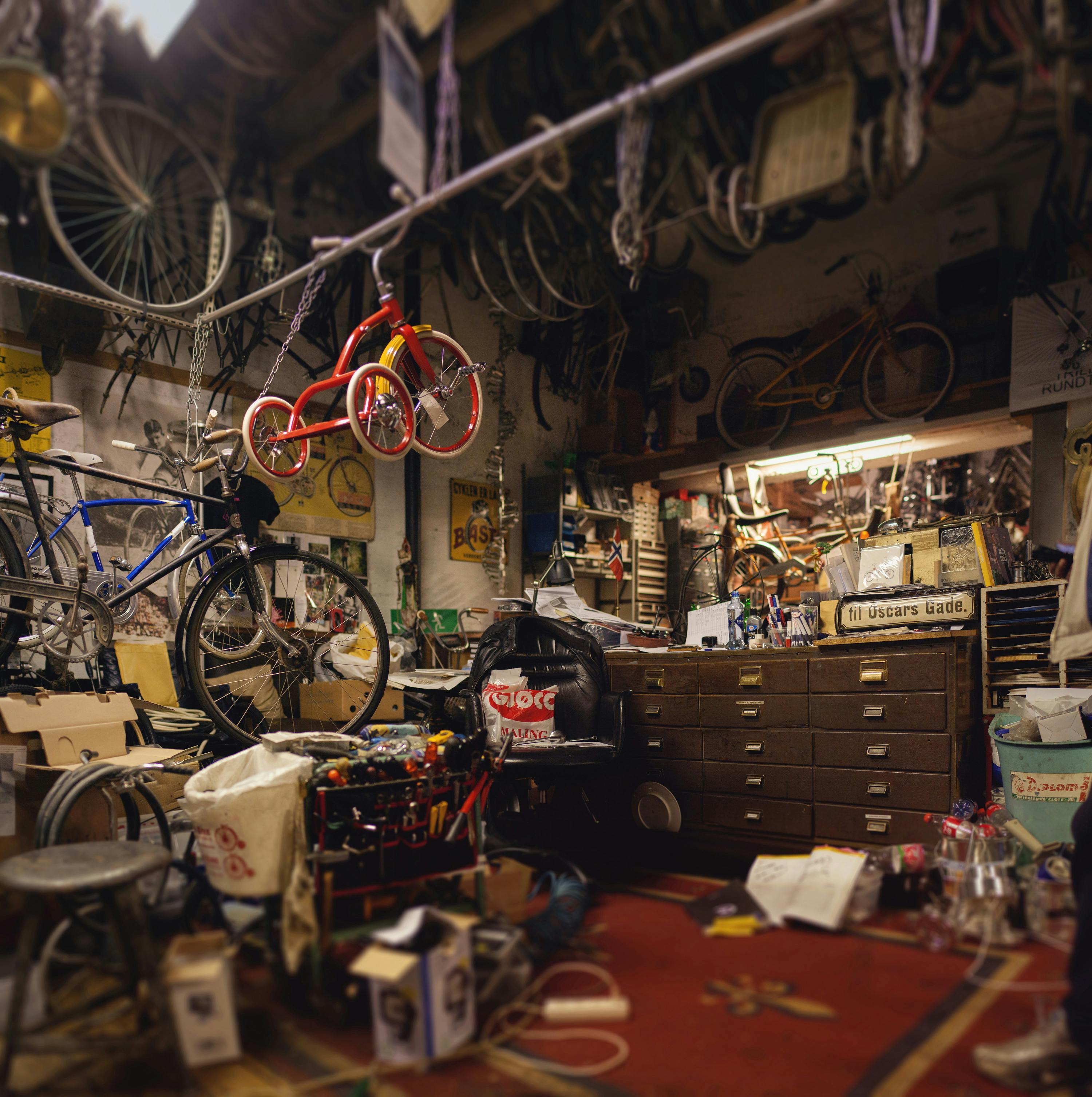
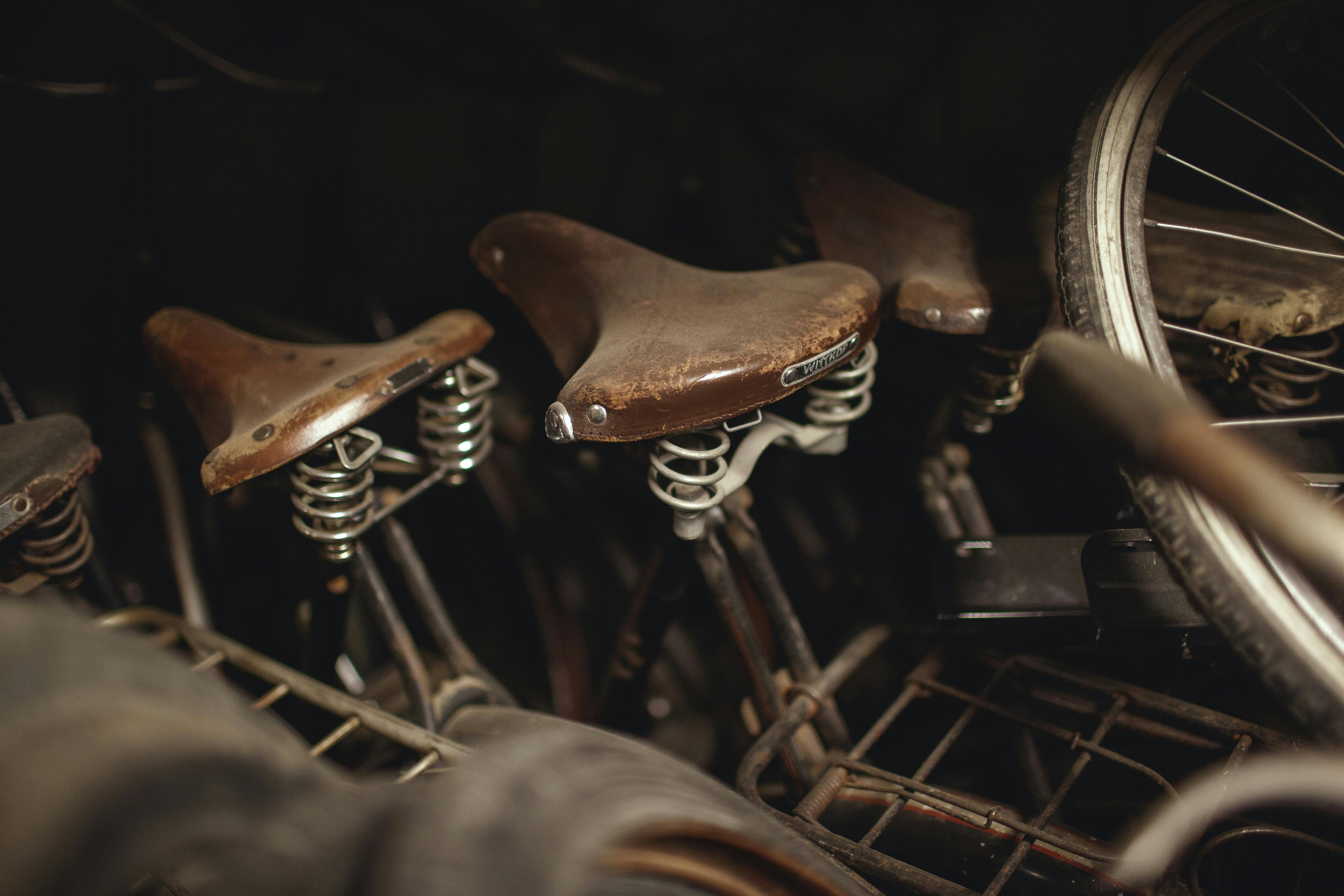
The king and his court
The day of our first visit is Thursday, April 9th. “Good luck” says a guy walking out of the basement as we approach. He is number five in the queue and tells us he has been waiting for over one hour.
As of the last 10 years, Thursdays is the only day of the week Den Rustne Eike is open for customers. Einar (67) is an old man and in his own words: semi-retired and living in his country dwelling at Nesodden outside Oslo in the summer. Every Thursday he opens up his underground castle to the people, and hold court. Let’s be honest, there is no way else to describe the situation where people wait in line for hours in order to get Einar’s help. He is the ultimate king of bicycles, as being demonstrated. He is clearly busy, with people cueing around him to get expert advice and prices. Should we come back another time? Nonsense. He wants us to just hang around, get the feel of the place, and then maybe we’ll have time for a few questions in between costumers. We say “ok” and fall into the queue with the rest of the 20-something-year-olds watching a guy putting together a folding bike.
Within the next ten minutes all of the following happens: Einar, with much enthusiasm and resignation, tries to explain a costumer the directions to the garage by phone, it’s wildly entertaining; refusing to sell someone a fork for a bike, but feeling so sorry for him waiting around for hours without getting what he wanted that he present him with a pack of bearings instead; refuses to take a modern combi-bike into the shop (because he simply don’t do those) and receiving two large plates of milk chocolate from one costumer who comes in to pay her long forgotten debt.
- Isn’t it marvellous? It’s like being in a movie, Dag Henning, a customer, replies when we ask him about his impression of the shop. It turns out that it is his first visit as well. It’s his folding bike everyone is currently watching being put together. Den Rustne Eike is the only place in Oslo where you can get a Brompton foldable.
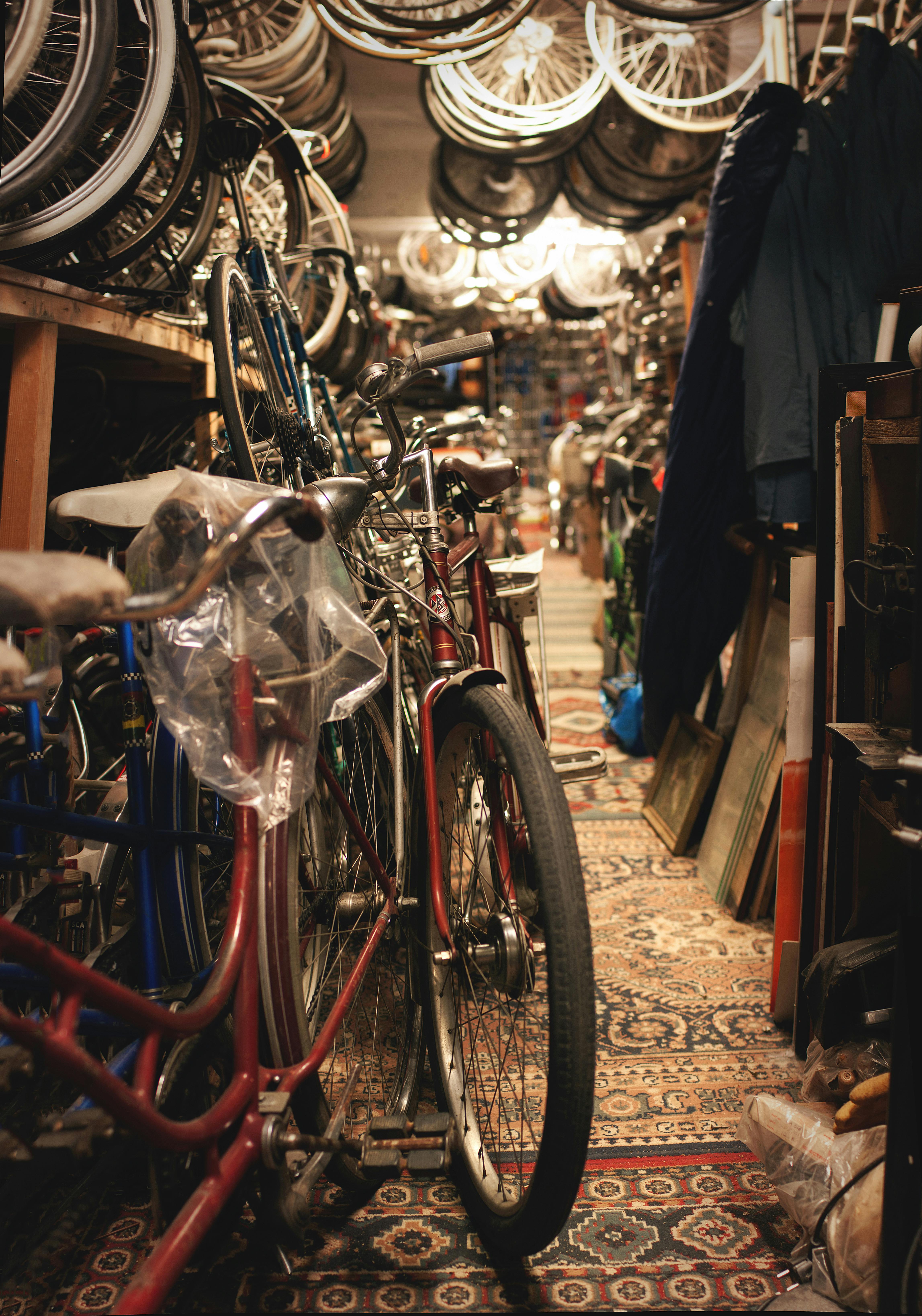
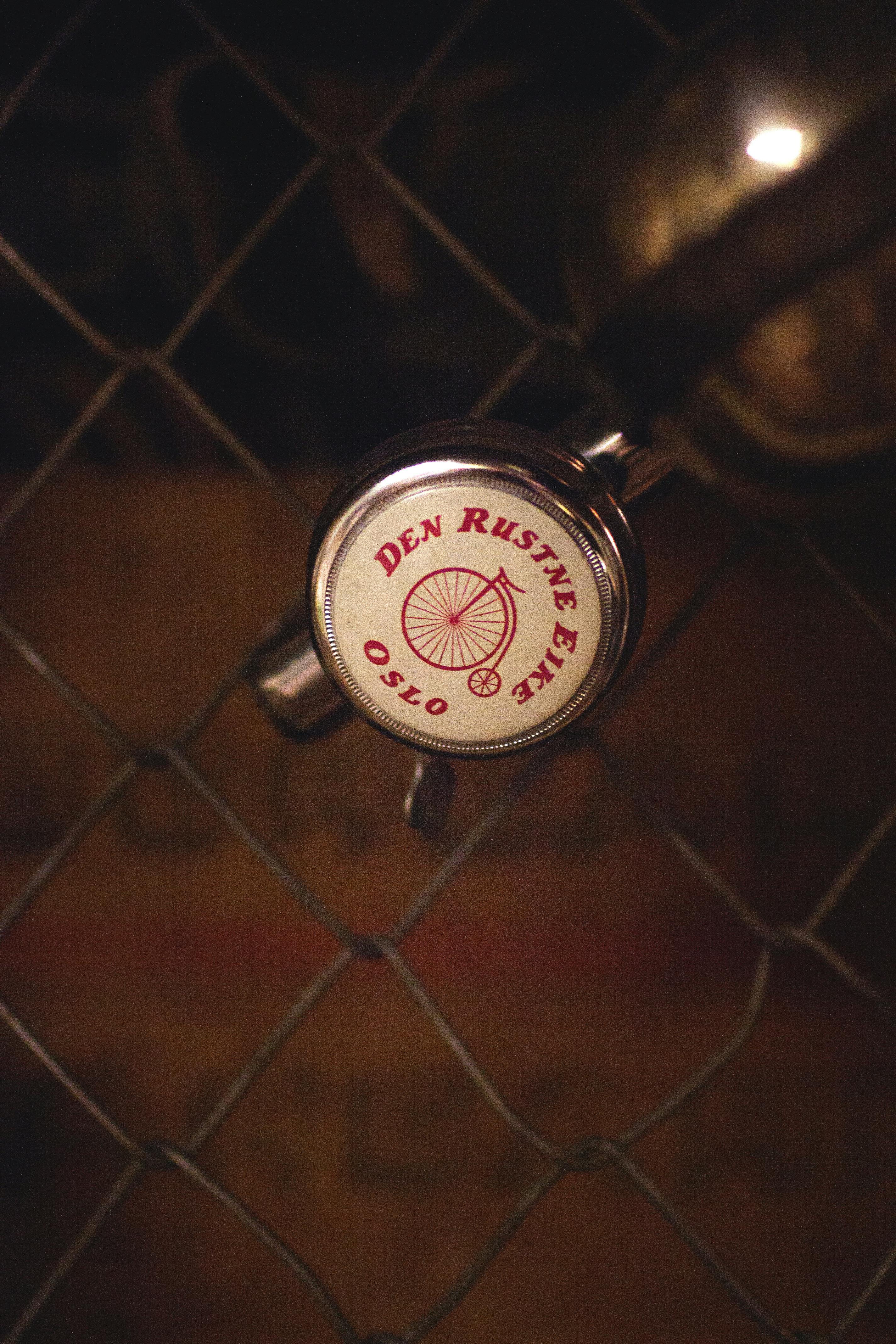
Overcompensating
When Einar was a kid, his parent’s could not afford getting him a bike. Nor could they teach him how to ride one.
- So I over compensated, he answers when we ask the obvious “how did it all start?”
He has spent years doing research, writing reports, giving comments and calling down politicians and agencies for information, numbers and in order to give them a piece of his mind. He is not one to keep his thoughts on bicycling and city landscaping to himself. Oh no, he speaks his mind loud and clear to everyone who wants’ to listen. And to those who don’t for that matter.
According to him, the important question is “how many Norwegians hold a drivers license, and how many people can lawfully drive a motorcar in the streets at the same time?” Only then we can know how much of the road is left for cyclists.
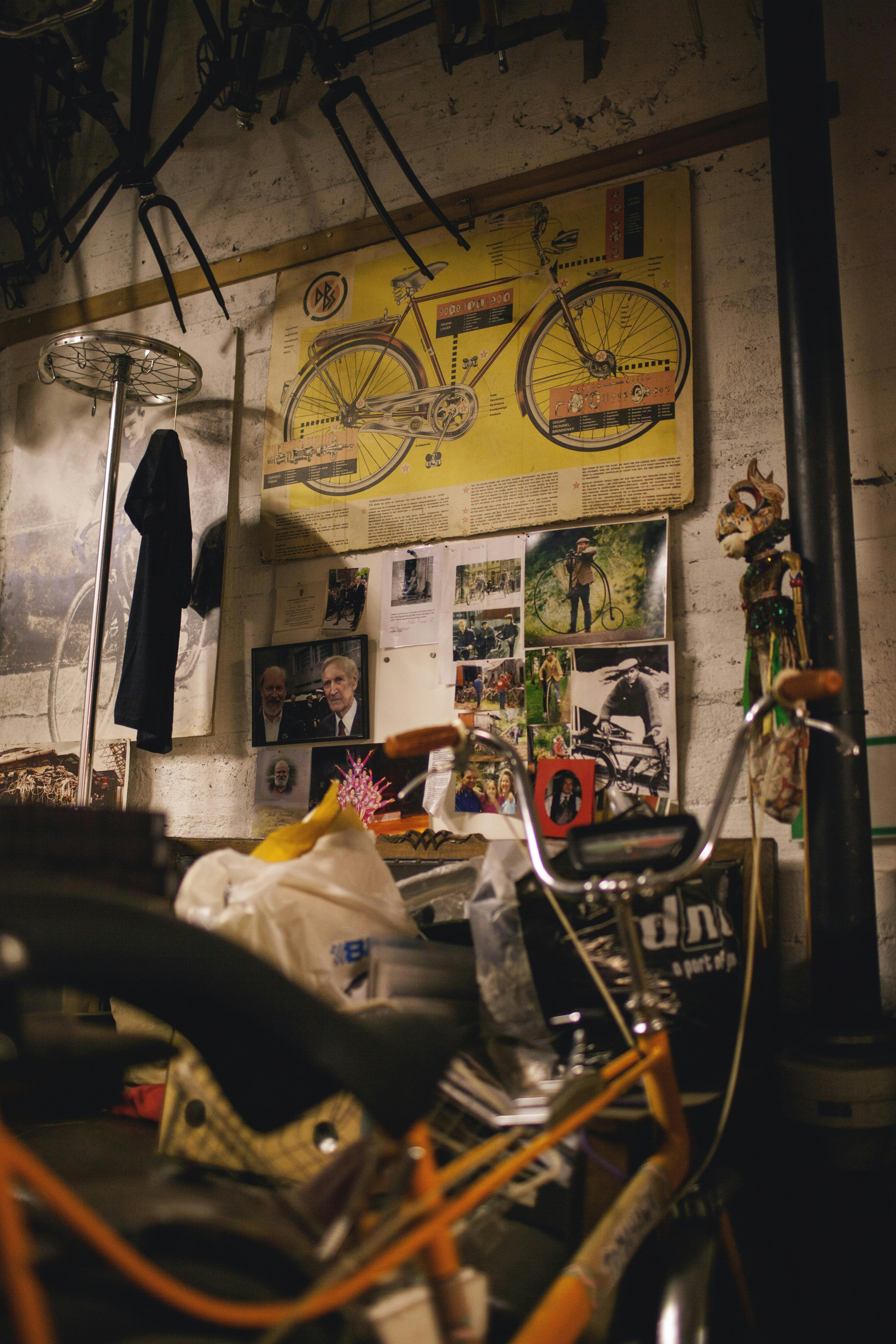
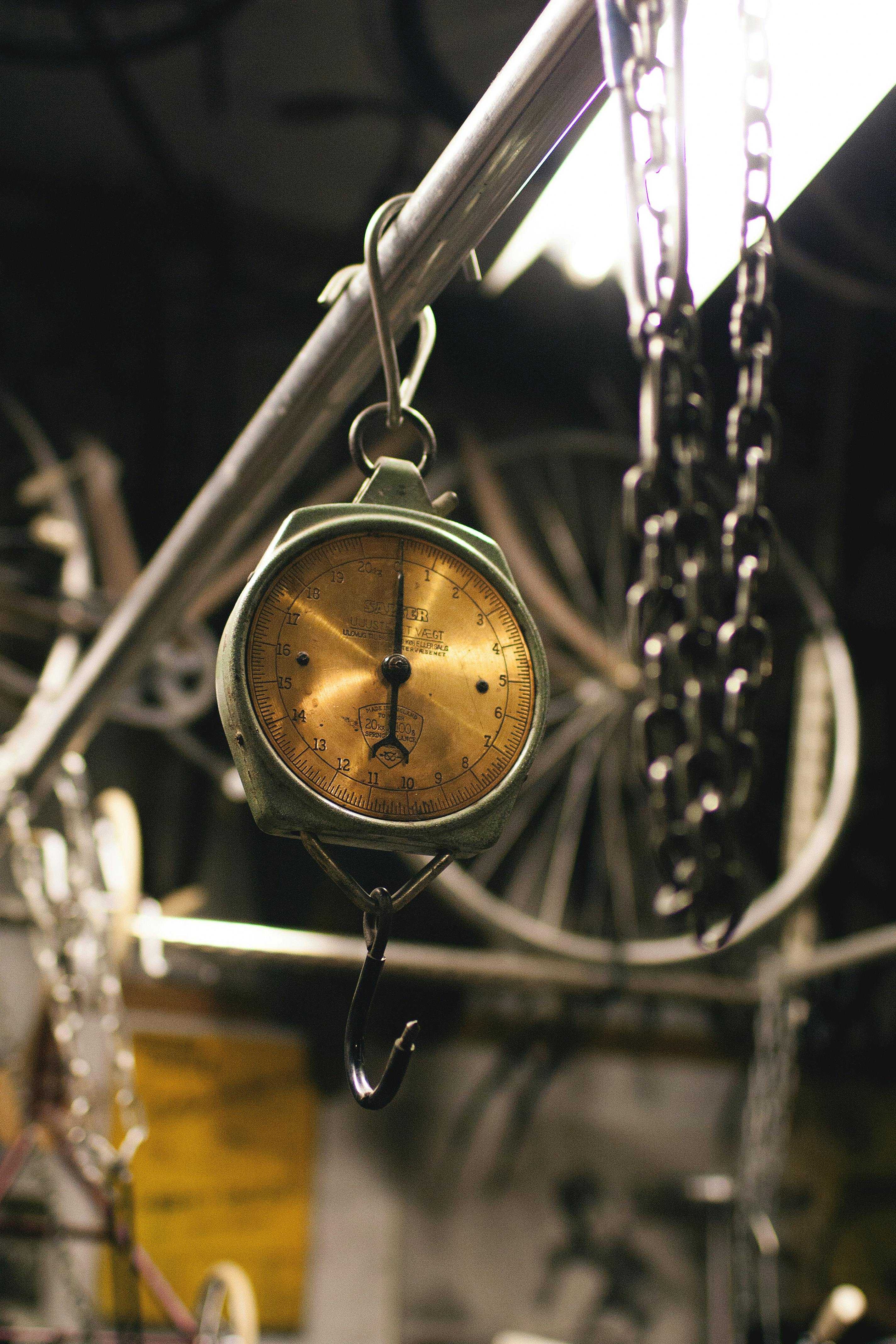
- We are in 2015 and bikes are still the most used item for personal transportation. Some seem to be under the impression that in the 60’s, everyone stopped using bikes and bought cars instead. They did not. The large Norwegian factories sold every bike they produced until the last one closed down around year 2000. So no, everybody did not abandon his or her bike.
- Still in 2015 the bicycle is the worlds most used vehicle for personal transport. The Norwegian road and transport department seem to still be under the impression that in 1960, when private citizens once again were allowed to buy motorcars, everybody bought a car the same day and stopped riding their bicycles. They did not! The largest Norwegian bicycle factory, Øglænd DBS, produced more than 250 000 bicycles in 1960 alone (at this time, Norway had still several other large bicycle factories), and all were sold! The last bicycle factory was closed down in 2000. All bicycles that are sold in Norway today come from China, with an expected life of one year!
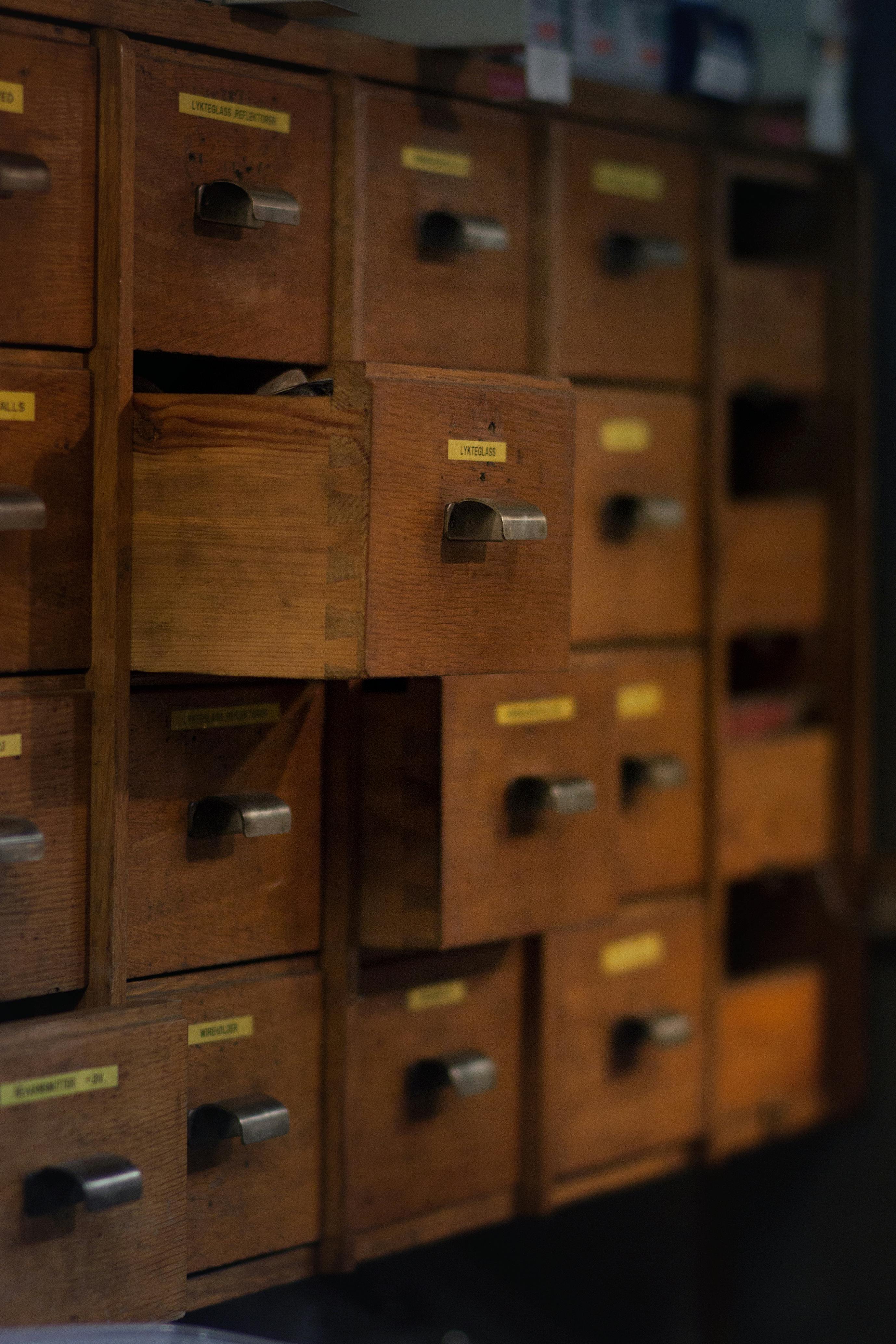
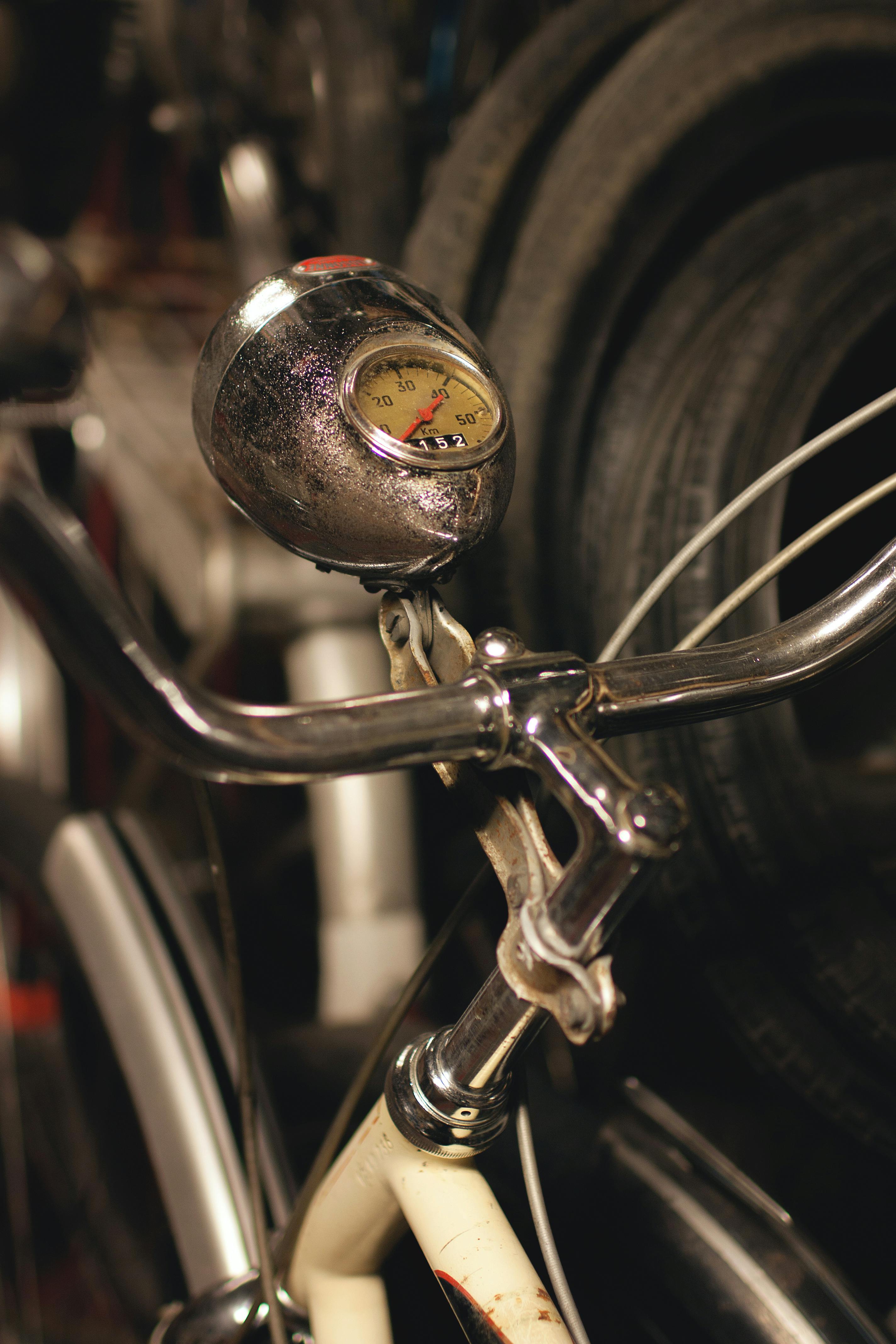
Life mission
When you first get Einar started on this theme, he keeps going. On his webpage denrusteike.no, you can find detailed documents where he, much convincing, argues his case. To credit it all as passion would be an understatement. Arguing the bicycle’s case is his life mission:
- There are three groups of people in the streets: Pedestrians, bikers and motorcars. We are all pedestrians at some point of day. Pedestrians have their own sacred pathway, the pavement, which is never disputed. We are born with legs, not with wheels. However, we can use our legs to propel us anywhere on two wheels on a bicycle, if there were roads meant for bicycles. In Norway no roads are meant for bicycles, they are built for motorcars. We were not born with motors. Motors destroy the earth.
- It will only be right once the bike is where it’s supposed to be: under the politician’s bum.
